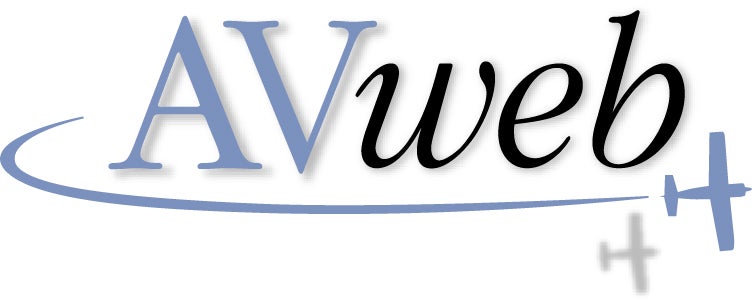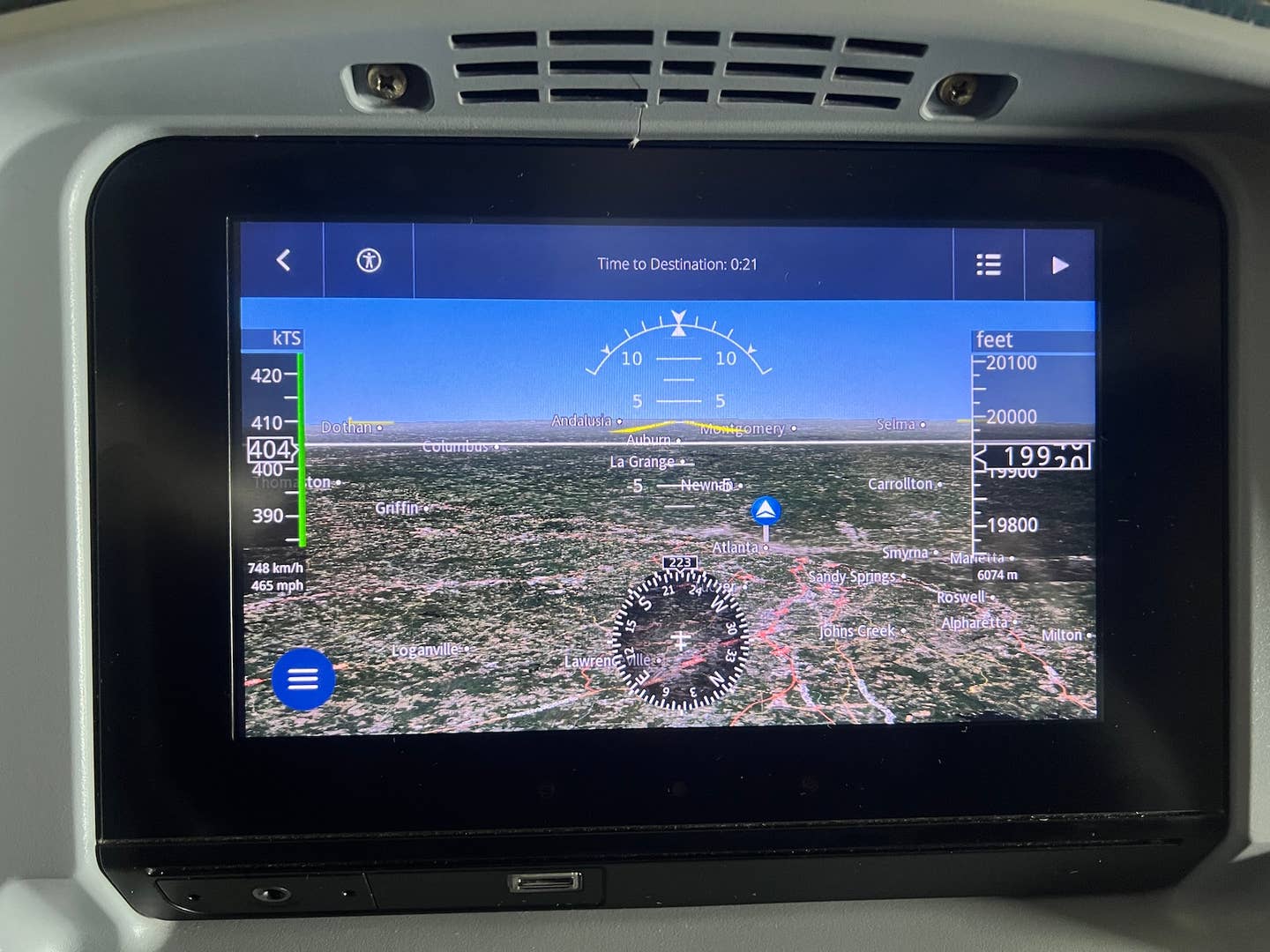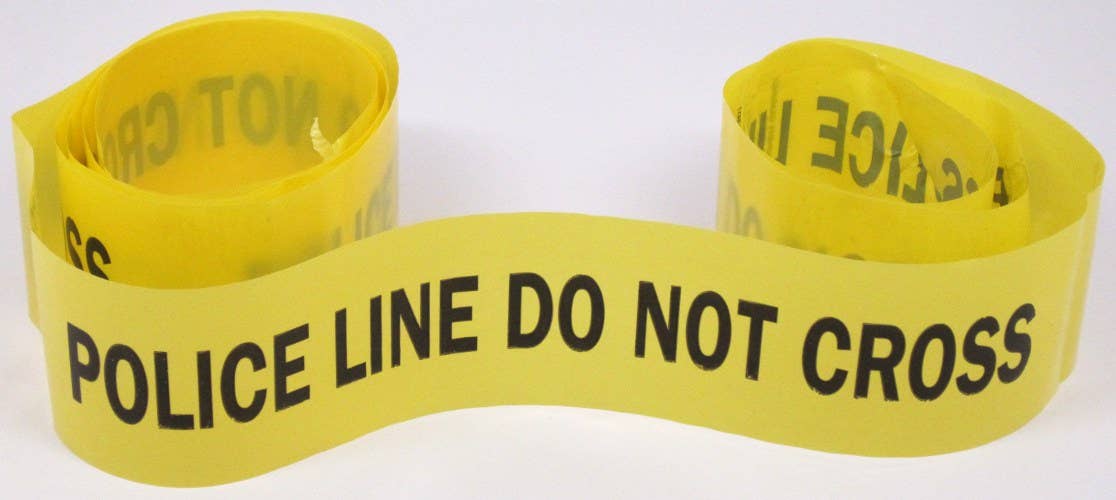Stand By Me
The Three Amigos at my airport handle a plethora of safety issues.

Wikimedia/Stonehouse Signs
Two airport buddies and I were a little late to climb aboard this year's "Safety Stand-Down" party wagon, but we made up for lost time this weekend.
You may find it strange that a group of aged pilots like us would take something like this seriously. You may think this based on our seemingly cavalier attitude and low-key, sometimes off-putting coolness. I want to point out that most of my group have flown around fifty years and are still alive, which attests to our commitment to safety and survival.
While we were sure that the FAA was putting on a fine show at their stand-down events, which included color charts, internet links, and free swag handed out by various alphabet groups and pilot supply stores, we thought it would be more fun and less boring to do it ourselves.
Our group of geriatric gear-uppers gathered in my friend Kyle's hangar, not because it held any special safety significance but because his place was outfitted with air-conditioning, comfy furniture, and a decent bar. A commitment to rigid safety does not mean you cannot enjoy a cozy seat and a cold drink while you pursue it.
Pilot and aircraft logbooks were opened, examined, and then put away. While logbooks exist to look into the past, and we were trying to peer into a safer future, these paper and computer file records revealed clues we did not anticipate as we examined them closely.
I confirmed that my IFR currency was legal and logged, but others noticed that I had only flown ILS approaches during the past year and only one or two GPS procedures when it was severe clear. My pals suggested that I step out of the 1970s into the twenty-first century.
They asked how many of the new buttons on my newly "Garminized" panel I was familiar with and had used. I admitted using the autopilot and flight director a lot (I am an airline pilot, after all) but had never tried the "Smart Glide" button on my panel.
Being uncomfortable with a button on an instrument panel has never been my style, but for some reason, I had never tried out what might be one of the best things I would have going for me if I had an engine out. Maybe it was because the button is highlighted in red, and as a flight engineer, I was always told not to mess with the red switches.
Tim, my next-door hangar neighbor with the same avionics setup, said he would go up with me the next afternoon. He would let me try the button out in the real world if I would, in exchange, help him figure out how to fly a flight director.
We then took a tour of each other's aircraft with an eye to safety and improving our friend's flight operations. Not much was noticed there except that on one aircraft, the cockpit floor carpeting was bunched up, restricting the travel of the rudder pedals, and on another airplane, the onboard fire extinguisher had gone out of date and had a weak charge.
Nitpicking occurred as it should during the navel-gazing that a stand-down engenders. I noticed that Kyle did not have backup eyeglasses in his flight kit or on his plane. Tim pointed out that my right nav light was inoperable and that fixing my loose cowling latch with duct tape was not a permanent solution.
Two of our aircraft had first aid kits and rudimentary survival gear, while one of us was living in an injury and off-airport-landing-free dream world. Speaking of off-airport landings, we three also checked that our ELTs actually would "T" (transmit), by switching them on at the top of the hour and making sure they were shut off by five minutes later.
Of course, most of these aircraft safety inspection items are covered during routine maintenance. For example, the ELT is checked every twelve months per the FARs, but when we turned them on and off, we were reminded that they existed, where their on-off switch was located, and what a transmitting ELT sounds like on guard.
We returned to Kyle's hangar and popped a few cold ones in preparation for our last safety exercise. Each of us promised to give a twenty-minute talk on something we knew about.
Tim's area of expertise is air traffic control because before he retired, he used to sweat and move blips around for the FAA. His talk was mostly funny TFR-busting stories, but we got something out of his discussion of how to safely place a phone call to the tower after you mess something up and are asked to give them a ring.
Kyle spent his time on aircraft maintenance issues, like sweeping our hangar frequently to avoid FOD and spotting potential engine problems by visual inspection, focusing on exhaust and oil streaks.
My time was the one that put everybody to sleep. I covered what we in the airline world used to call "op-specs," which was short for operation specifications. This subject covers questions like "Are we legal for this takeoff?" and "Can I legally and safely shoot this approach?"
This subject is dry, and we pilots were usually unhappy when that two-hour chunk of training time came up each year. Still, there has been more than one fatal accident that could have been avoided if the crew had been a little smarter about op-specs or at least had the presence of mind to set the parking brake and make a radio or phone call if they were confused by something like an unlit runway or an ILS signal protection area.
Our safety stand-down ended like most aviation things do. We spent an extra hour telling jokes, and like any decent recurrent training pilots, we made dinner plans and decided to go out to eat after we all had a decent nap.






